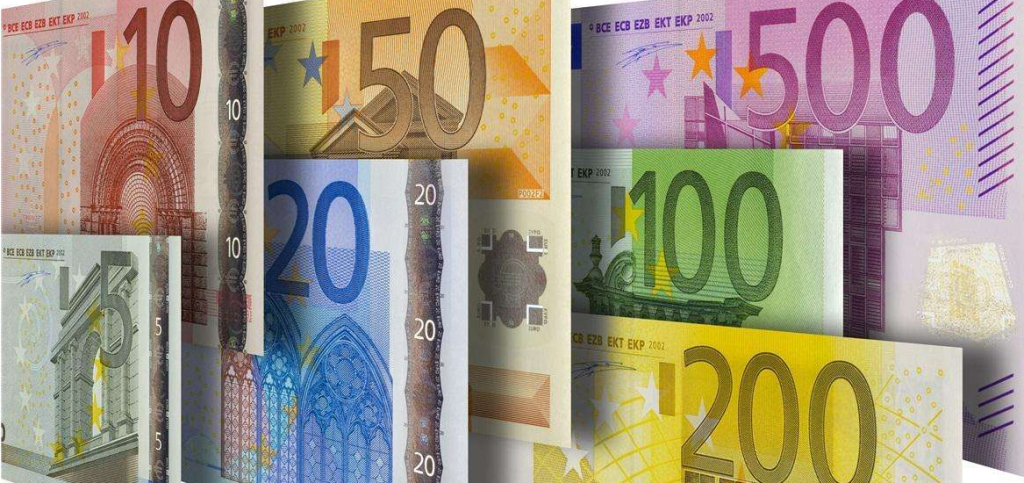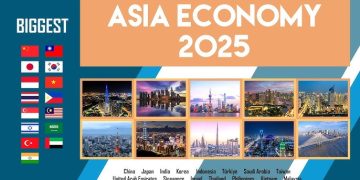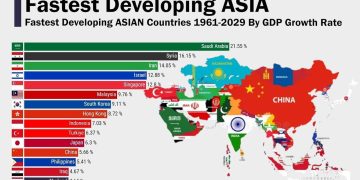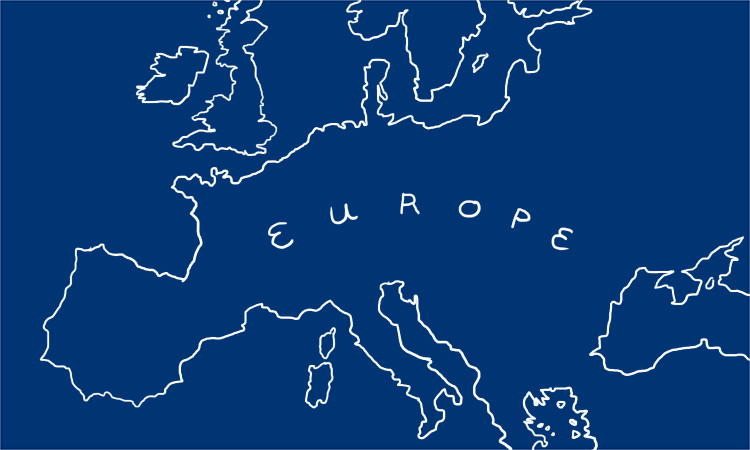1. Introduction: The Rise of Green Finance
As 2025 progresses, the global economy is increasingly defined by the intersection of finance and sustainability. Europe and the United States, long economic powerhouses, are racing to align investment flows with climate imperatives. The urgency of the energy transition, coupled with rising investor demand for sustainable assets, has made green finance a central driver of economic strategy.
This article examines the opportunities, challenges, and dynamics shaping green finance in Europe and the U.S., highlighting how policies, capital markets, technological innovation, and geopolitical pressures influence the energy transition.
2. Policy Frameworks Driving Green Finance
Policy initiatives underpin much of the current momentum:
- European Union: The European Green Deal and Fit for 55 packages aim to achieve net-zero emissions by 2050, with legally binding milestones for 2030. Carbon border adjustment mechanisms (CBAM) incentivize compliance and reshape trade flows.
- United States: The Inflation Reduction Act (IRA) and federal incentives for renewable energy, electric vehicles, and clean technology are reshaping private capital allocation.
- Disclosure and Reporting Standards: Both jurisdictions increasingly require environmental, social, and governance (ESG) reporting, improving transparency and risk assessment.
These frameworks have catalyzed investment in renewables, energy efficiency, and sustainable infrastructure, creating a new class of assets.
3. Capital Markets and Green Investment
Green finance is no longer a niche market. Capital flows into sustainable sectors have surged:
- Green Bonds: Issuance in Europe and the U.S. exceeded $500 billion in 2024, funding projects from offshore wind to EV infrastructure.
- Sustainable ETFs and Funds: Retail and institutional investors increasingly allocate capital to ESG-focused portfolios, seeking both returns and impact.
- Private Equity and Venture Capital: Startups in clean energy, carbon capture, and smart grids attract record funding, reflecting both innovation potential and policy alignment.
However, green finance faces scrutiny over “greenwashing”, inconsistent standards, and project execution risks.
4. Energy Transition Technologies
Investment opportunities align closely with specific technologies:
- Renewables: Solar, wind, and hydro projects expand rapidly, with innovation in storage and grid integration improving efficiency.
- Electric Vehicles and Batteries: North America and Europe are investing heavily in battery production and EV supply chains.
- Hydrogen and Alternative Fuels: Blue and green hydrogen projects gain traction, particularly in Europe’s industrial sectors.
- Smart Grids and Digitalization: AI-enabled grids and predictive analytics optimize energy distribution and reduce waste.
These technologies not only support climate goals but also create economic and employment opportunities, especially in regions transitioning away from fossil fuels.
5. Challenges in Financing the Transition
Despite opportunities, significant challenges remain:
- High Capital Intensity: Large-scale renewable projects and energy infrastructure require upfront investment, often exceeding local funding capacities.
- Policy and Regulatory Uncertainty: Delays in permitting, shifting subsidies, and regulatory divergence between U.S. states and EU member countries can stall projects.
- Technological Risk: Emerging technologies, such as carbon capture and advanced battery storage, carry performance and scalability uncertainties.
- Market Integration: Integrating intermittent renewable generation into existing grids poses operational and investment risks.
Investors must navigate these risks carefully, balancing financial returns with climate objectives.
6. The Role of Banks and Financial Institutions
Financial institutions are pivotal in facilitating the energy transition:
- Commercial Banks: Offering loans and project financing for renewables and infrastructure projects.
- Investment Banks: Structuring green bonds, ESG-linked loans, and sustainability-focused mergers and acquisitions.
- Asset Managers: Channeling capital into sustainable equities and funds, influencing corporate behavior through shareholder activism.
Banks are increasingly incorporating climate risk into lending practices, reshaping the credit landscape for energy-intensive sectors.

7. Transatlantic Comparisons
While Europe and the U.S. share goals, approaches differ:
- Europe: Emphasizes regulatory frameworks, mandatory ESG reporting, and carbon pricing. Green finance is closely linked to policy-driven investment.
- United States: Leverages market incentives, tax credits, and federal subsidies to encourage private sector participation. Innovation and entrepreneurship are central to U.S. green investment.
These differences affect project structure, risk allocation, and capital flow, yet the overarching trend is toward deeper alignment with climate objectives.
8. Investor Sentiment and Market Dynamics
Investor behavior reflects both opportunity and caution:
- High Demand for Green Assets: ESG-focused funds are oversubscribed, driving valuations for sustainable companies higher.
- Risk Assessment: Investors scrutinize project feasibility, technology maturity, and regulatory stability.
- Long-Term Horizon: Green investments often require patience, with returns materializing over 5–15 years.
This combination of enthusiasm and prudence defines modern green finance.
9. Geopolitical and Global Considerations
Geopolitics intersects strongly with the energy transition:
- Energy Independence: Europe seeks to reduce reliance on Russian energy, boosting domestic renewables and LNG imports.
- U.S.-China Competition: Control over critical minerals, batteries, and renewable technologies shapes global supply chains.
- Global Standards: Harmonization of ESG and climate reporting remains incomplete, complicating cross-border investment.
Transatlantic cooperation, including joint investment initiatives and technology sharing, can mitigate some risks.
10. Conclusion: Green Finance as a Strategic Imperative
Green finance is no longer optional—it is central to economic competitiveness, climate resilience, and technological leadership. Europe and the U.S. demonstrate complementary approaches: Europe emphasizes regulation and sustainability standards, while the U.S. leverages market incentives and innovation.
Success will depend on:
- Stable policy frameworks and predictable incentives
- Effective risk management in technology and project execution
- Alignment between private capital, public policy, and societal goals
- Transatlantic cooperation to foster scalable, resilient, and sustainable energy systems
For investors, businesses, and governments, green finance offers both opportunity and responsibility. It is the engine driving a new era of economic strategy—one in which sustainability and profitability are increasingly inseparable.






































